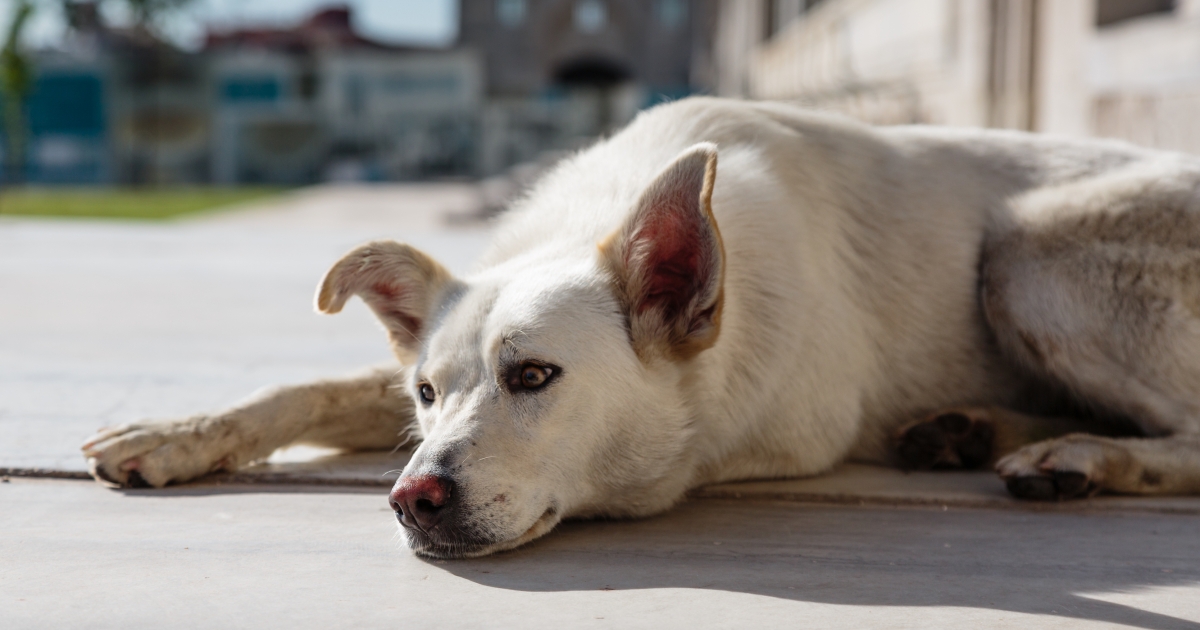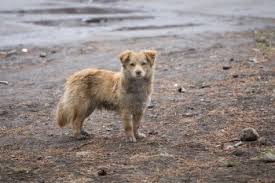

In 1793, based on Phillip's brief description and illustration, the "Dog of New South Wales" was classified by Friedrich Meyer as Canis dingo. In 1788, the First Fleet arrived in Botany Bay under the command of Australia's first colonial governor, Arthur Phillip, who took ownership of a dingo and in his journal made a brief description with an illustration of the "Dog of New South Wales".
#Stray dog new buffalo skin
In 1699, Captain William Dampier visited the coast of what is now Western Australia and recorded that "my men saw two or three beasts like hungry wolves, lean like so many skeletons, being nothing but skin and bones". Taxonomy įurther information: Canis lupus dingo § Taxonomic debate – the domestic dog, the dingo, and New Guinea Singing Dogĭogs associated with indigenous people were first recorded by Jan Carstenszoon in the Cape York Peninsula area in 1623. It is proposed that in New South Wales the camp dingoes only became wild after the collapse of Aboriginal society. The colonial settlers of New South Wales wrote using the name dingo only for camp dogs. They also use the name walaku to refer to both dingoes and dogs. The people of the Yarralin, Northern Territory, region frequently call those dingoes that live with them walaku, and those that live in the wilderness ngurakin. Some authors propose that a difference existed between camp dingoes and wild dingoes as they had different names among indigenous tribes. The dingo has different names in different indigenous Australian languages, such as boolomo, dwer-da, joogoong, kal, kurpany, maliki, mirigung, noggum, papa-inura, and wantibirri. Related Dharug words include "ting-ko" meaning "bitch", and "tun-go-wo-re-gal" meaning "large dog". One of them is now in the possession of the Governor, and tolerably well reconciled to his new master. These animals are equally shy of us, and attached to the natives. The only domestic animal they have is the dog, which in their language is called Dingo, and a good deal resembles the fox dog of England. The name was first recorded in 1789 by Watkin Tench in his Narrative of the Expedition to Botany Bay: The first British colonists to arrive in Australia in 1788 established a settlement at Port Jackson and noted "dingoes" living with indigenous Australians. The name "dingo" comes from the Dharug language used by the Indigenous Australians of the Sydney area. Portrait of a Large Dog from New Holland by George Stubbs, 1772. The oldest remains of dingoes in Australia are around 3,500 years old.Ī dingo pack usually consists of a mated pair, their offspring from the current year, and sometimes offspring from the previous year. The dingo is closely related to the New Guinea singing dog: their lineage split early from the lineage that led to today's domestic dogs, and can be traced back through the Maritime Southeast Asia to Asia. The skull is wedge-shaped and appears large in proportion to the body.

The dingo's three main coat colourations are light ginger or tan, black and tan, or creamy white. The dingo is a medium-sized canine that possesses a lean, hardy body adapted for speed, agility, and stamina.
#Stray dog new buffalo full
It is variously considered a form of domestic dog not warranting recognition as a subspecies, a subspecies of dog or wolf, or a full species in its own right. Its taxonomic classification is debated as indicated by the variety of scientific names presently applied in different publications. The dingo ( Canis familiaris, Canis familiaris dingo, Canis dingo, or Canis lupus dingo ) is an ancient ( basal) lineage of dog found in Australia. Dingo on the beach at Fraser Island, Queensland


 0 kommentar(er)
0 kommentar(er)
